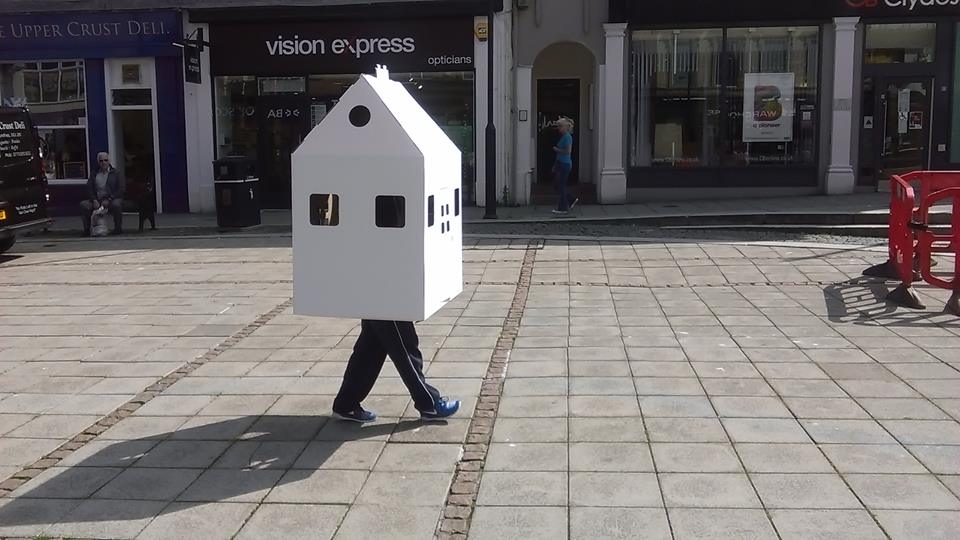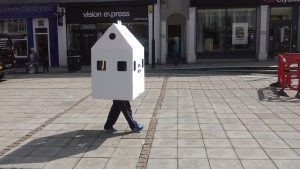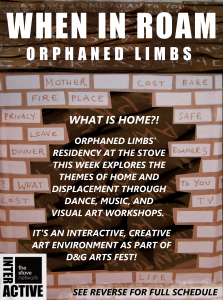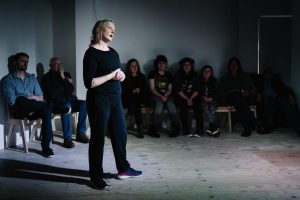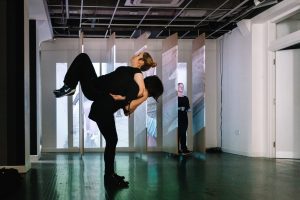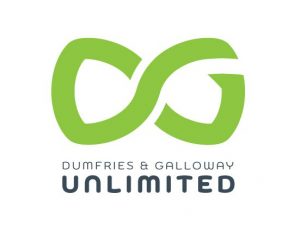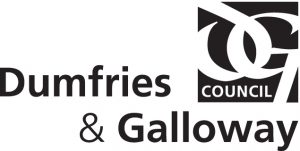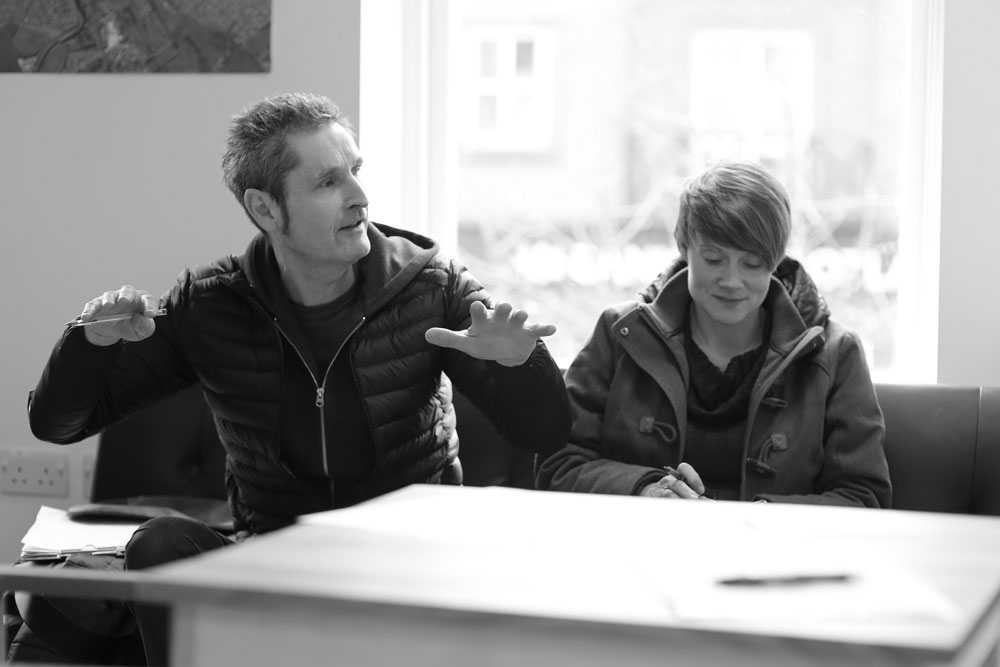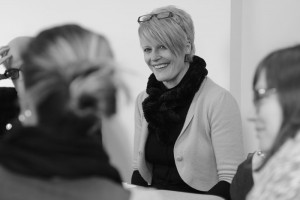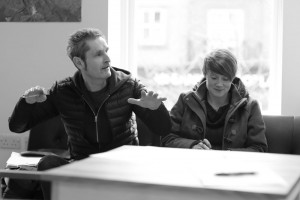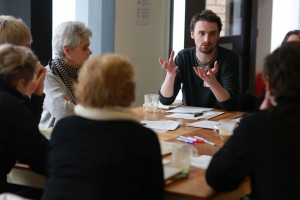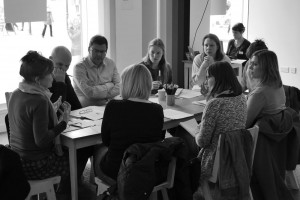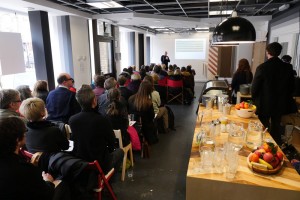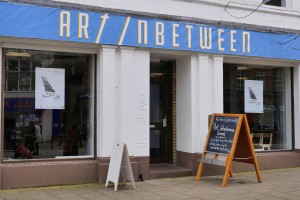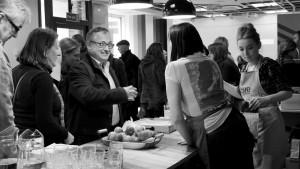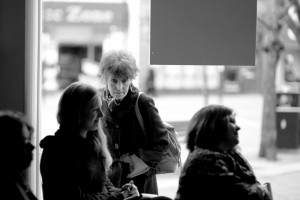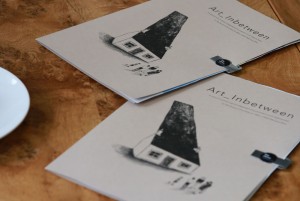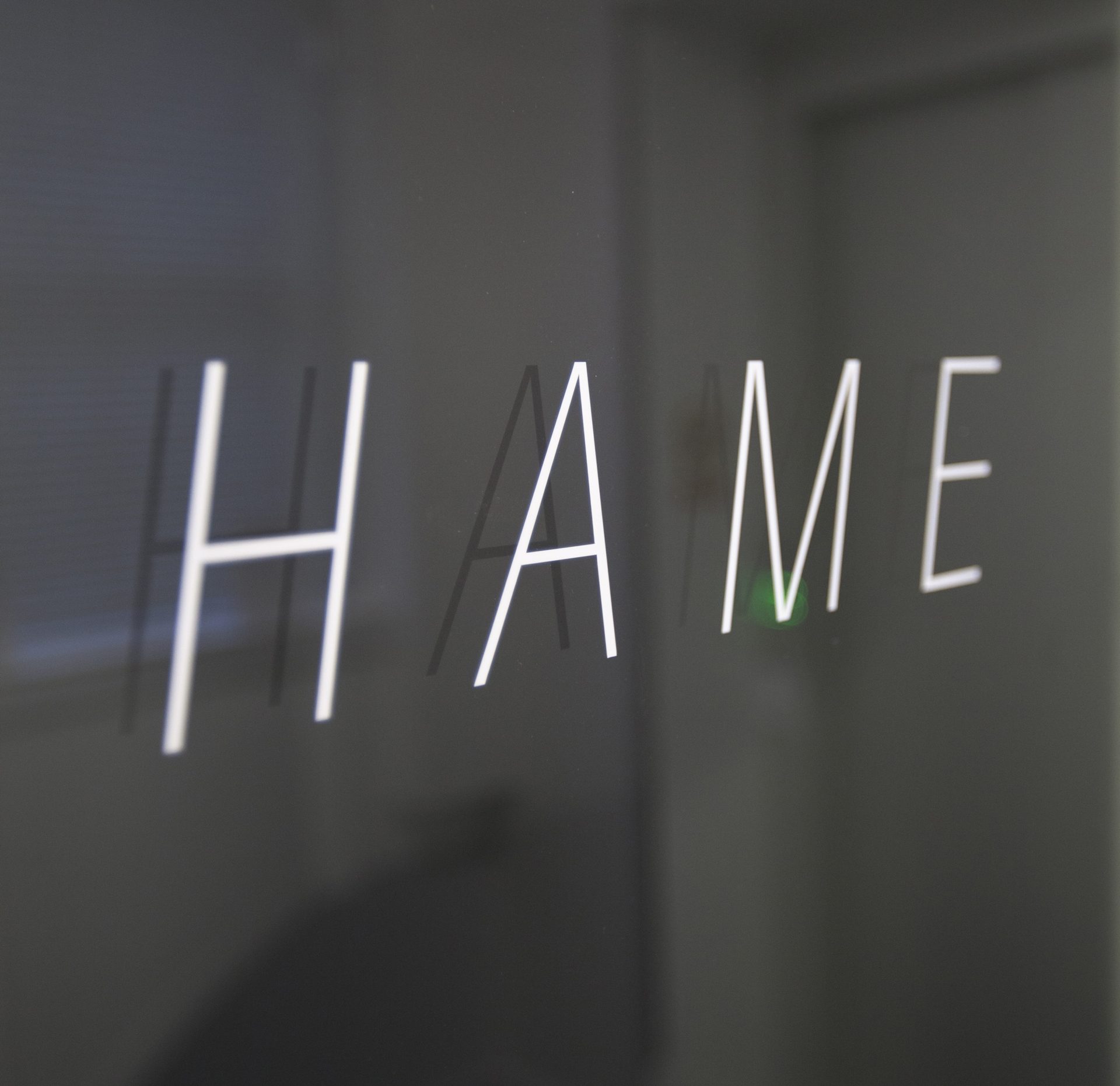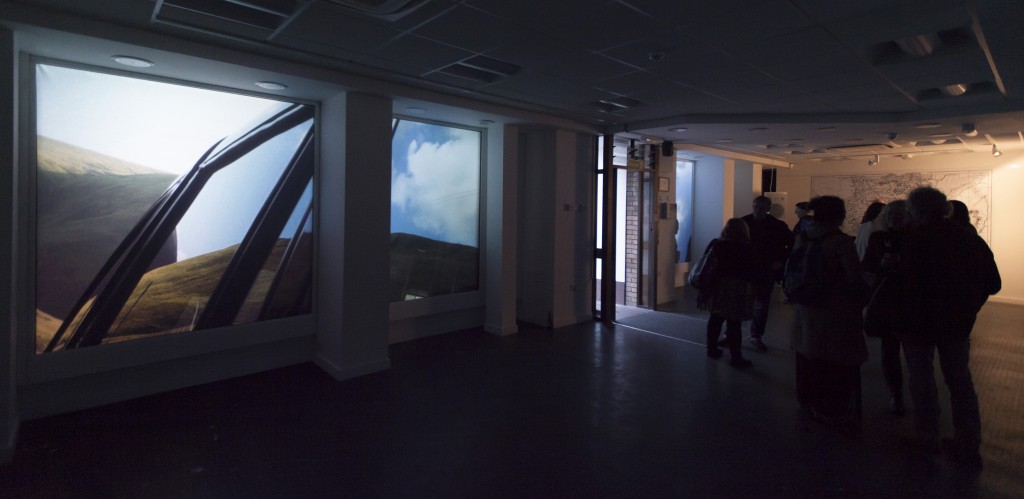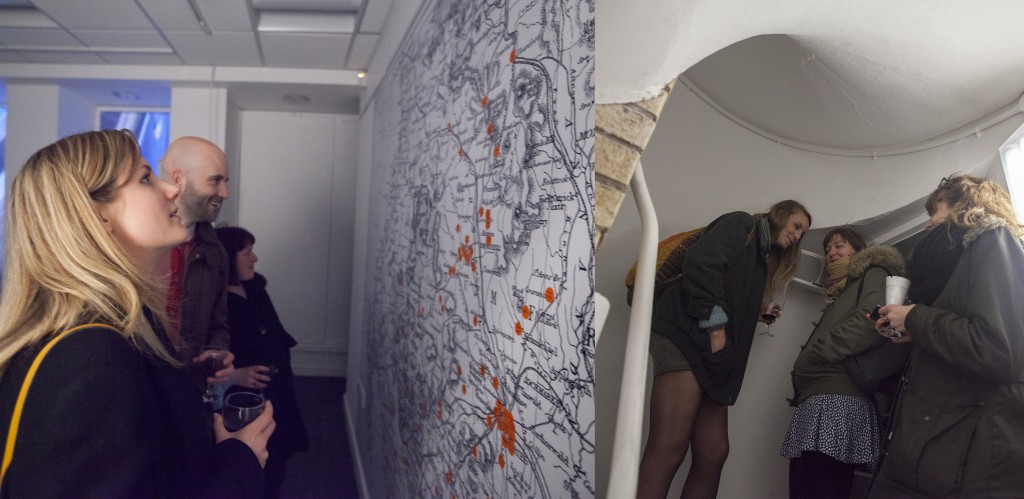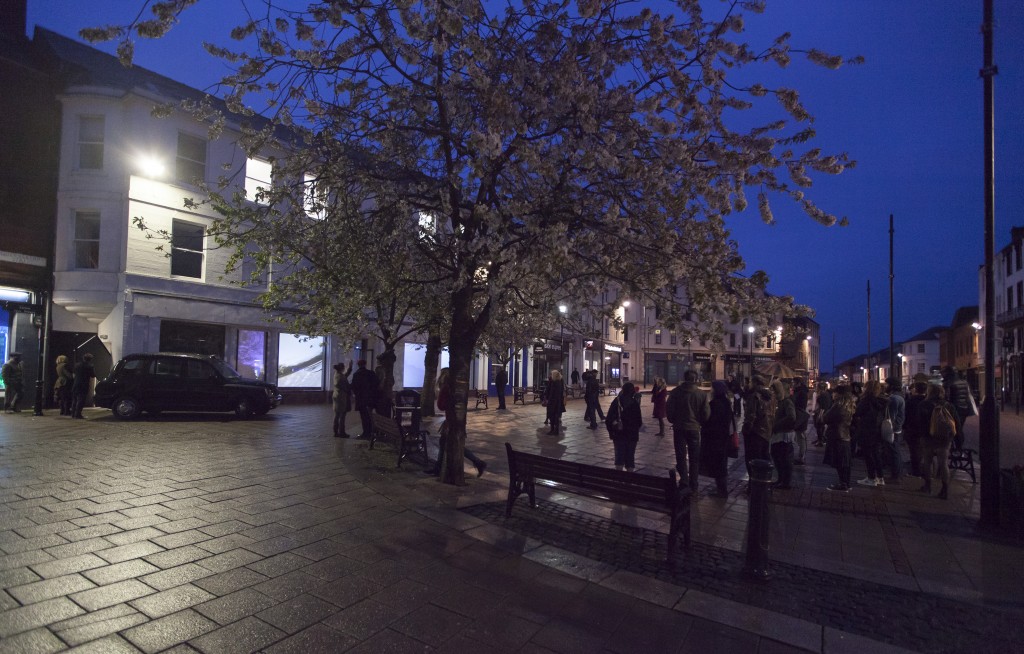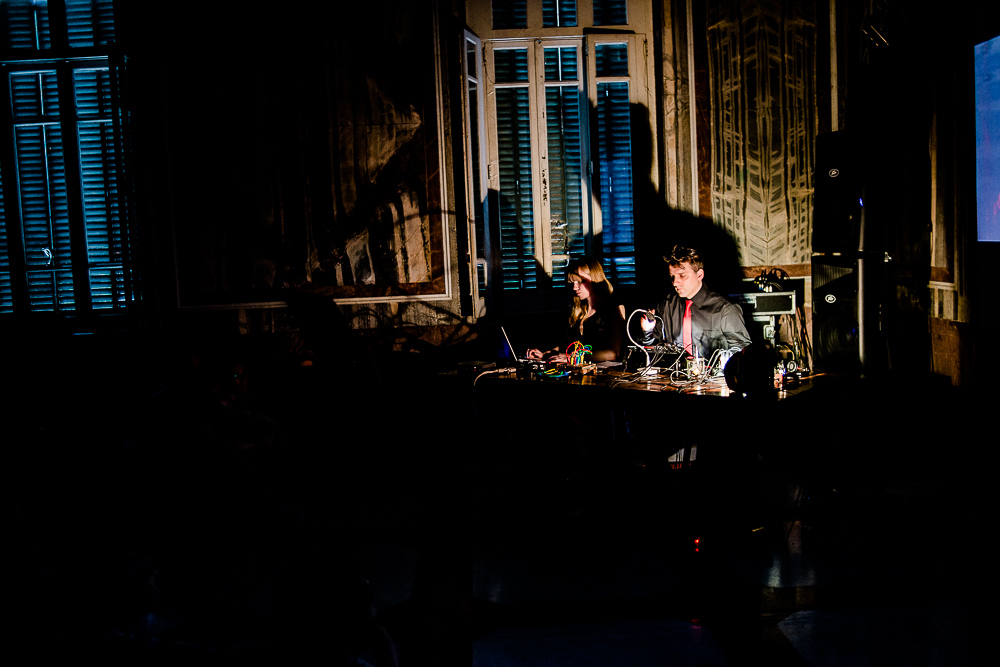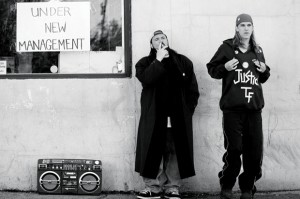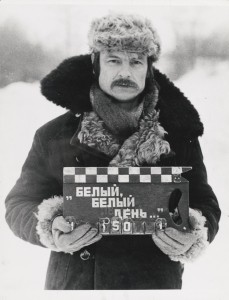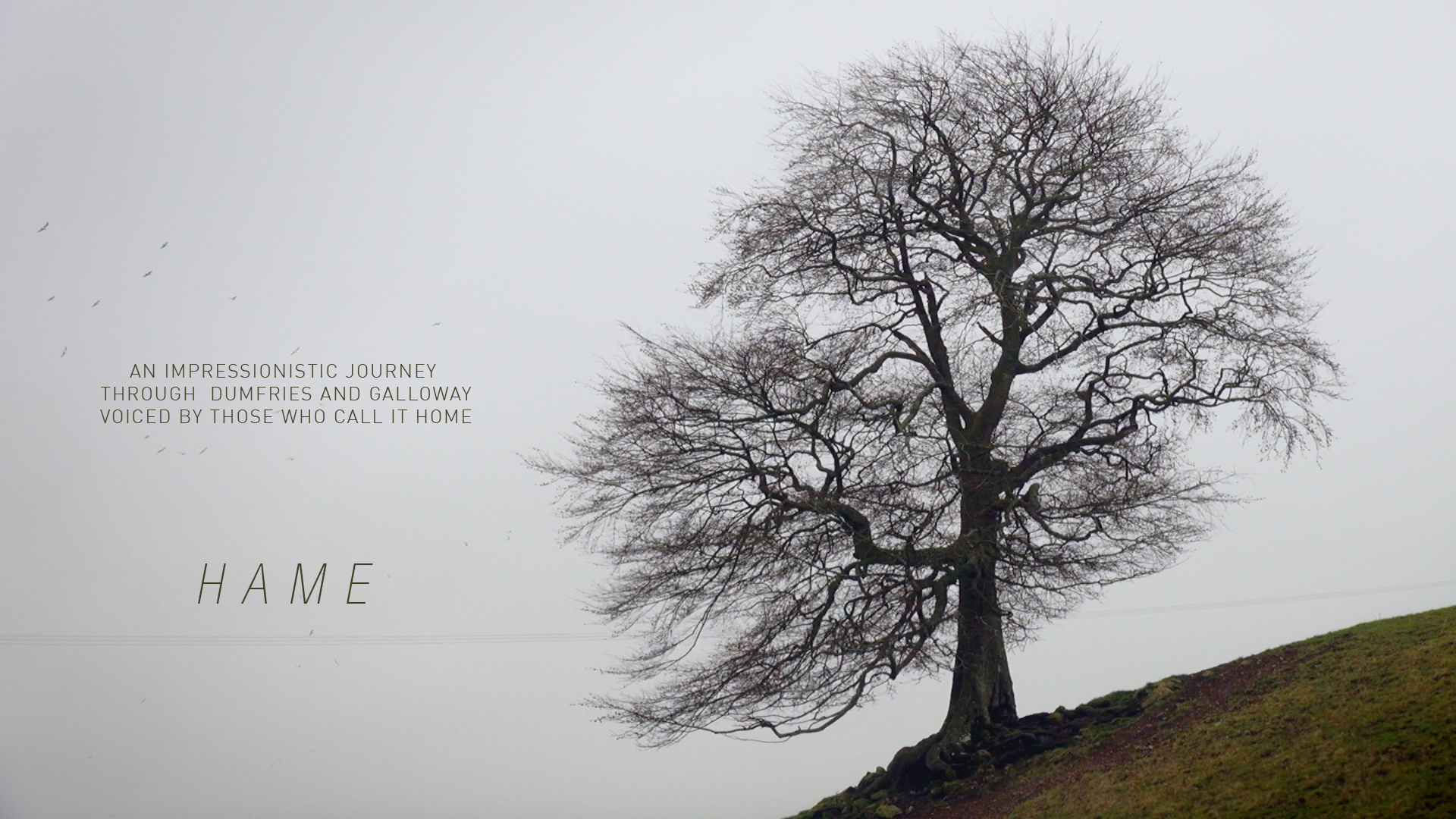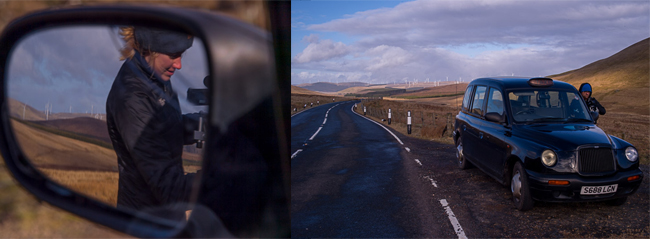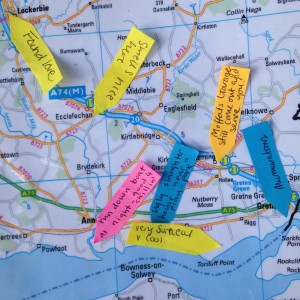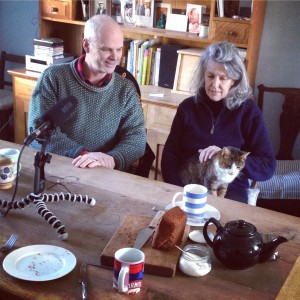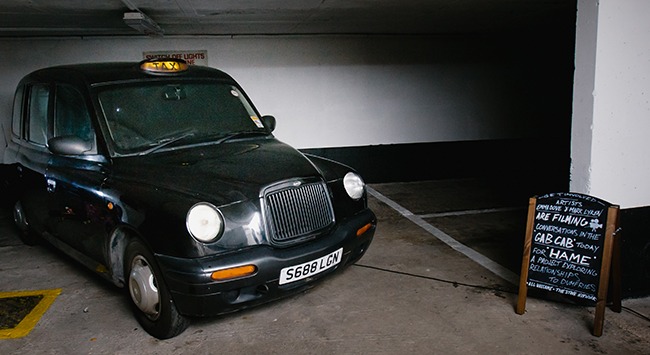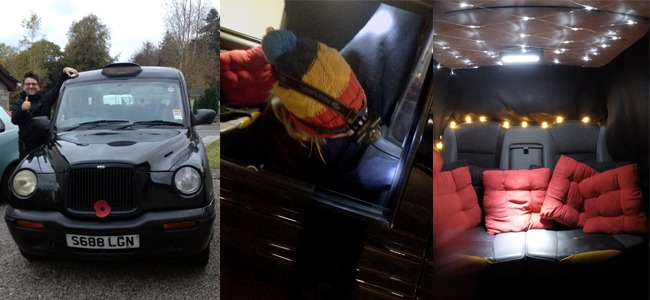Following on from Tea with Moxie, our herald, she has become interested in the many different kinds of members in The Stove Network. She’s been catching up with and speaking to various members, and we’ll be introducing one every Friday over the next wee while. Interested in chatting to Moxie? You can get in touch with her on The Stove Herald facebook page here or by email.
First up this week, is Mark Lyken!
Mark Lyken (1973) is an audio & visual artist. He creates musical and sound pieces, film, paintings and installations. His recent residency work has explored relationships to place and the complex interactions between nature, industry and culture. He is particularly interested in revealing the musicality of the environment and regularly collaborates with other artists and specialists from different research fields. In 2014 Lyken and Emma Dove established the Glasgow based Art label, ‘Soft Error’. Mark is also a Cryptic Associate Artist.
Tell us about your creative process.
It’s a process of gathering, layering, refining and removing, I think that holds true for if I’m painting, making music or working in film. Our work over the last three years has had high levels of public engagement which is a new development, particularly for me as my default mode is hermit!
Working collaboratively with Emma over the last few years has been a real eye opener, we make work together that neither of us would make apart. It’s quite an odd thing and one that we are wary of questioning too much in case it stops working! You each have a voice but combined it’s something more than the sum of its parts.
What drew you to The Stove?
I genuinely believe they are making a real difference and I think the way they present themselves is pitch perfect. The residency seemed like an excellent way to continue a line of work we are interested in ie: relationships to place but in a completely new location that was culturally and geographically unfamiliar to us. We knew that we would have to move down to D&G lock, stock as we would have struggled to get under the skin of the place if we hadn’t been living down here. 6 months is a very short time to be in a place and any work created in that time can only ever be a snapshot but I imagine this work will be part of a larger whole. We’re not in any hurry to rush away.
What time of the day do you like most?
Between 7 and 9am. I find that a super productive time. If we are filming, that “Golden Hour” before Sunset can be very magical.
Which films changed your life?
Tarkovsky’s Solaris, Blade Runner and Clerks. For widely different reasons but all made me want to become involved in film making in some way.
What keeps you in and around Dumfries?
Well at the moment, Emma and I are completing a 6 month residency with the Stove, we had assumed we would head back to Glasgow afterwards but are becoming gradually seduced by the region.
What songs do you carry closest to your heart?
It’s an album and it’s called “Raining” by Rolf Julius. Rolf was a sound and visual artist from Berlin, who unfortunately passed away in 2011.
It’s a very simple record, I think it may have been part of an installation originally. It’s nothing more than field recordings of rain with some very subtle electronics. His concept of “Small Music” and the overall aesthetic really speaks to me. Another one is a series of pieces called “The Disintegration Loops” by William Basinski. It’s one of the most heartbreakingly beautiful pieces of music I have ever heard.
The story is Basinski set out to digitise old magnetic tape loops he had. He loaded up the loops, set them playing and hit record, gradually over the course of 40 or 50 minutes the tape literally disintegrated as it repeatedly passed the play head, the sound becomes gradually more distorted and has bigger and bigger gaps until there is nothing left to play at all. It’s hypnotic.
Actually you should link to one of them here
Who, from throughout history, would you like to sit and have a good chat with?
Andrei Tarkovsky, although I would need a translator as my Russian is pretty bad.
What do you consider your greatest achievement?
I came runner up in a Star Wars short story writing competition in 1982 and received a letter of congratulations from C3PO and a Chief Chirpa figure.
What’s the best piece of advice you have ever got?
Show don’t tell.
What’s your role within The Stove organisation?
At the moment I’m an artist in residence along with Emma Dove. Beyond that I hope to rent a studio space within the new Stove building and use that as a base for upcoming projects. I find The Stove a really exciting organisation and imagine the relationship will continue.
Tell us your passion:
Modular Synthesisers.
Read more about Mark and Emma Dove’s collaborative residency project HAME, which is part of the Stove’s Open House here

